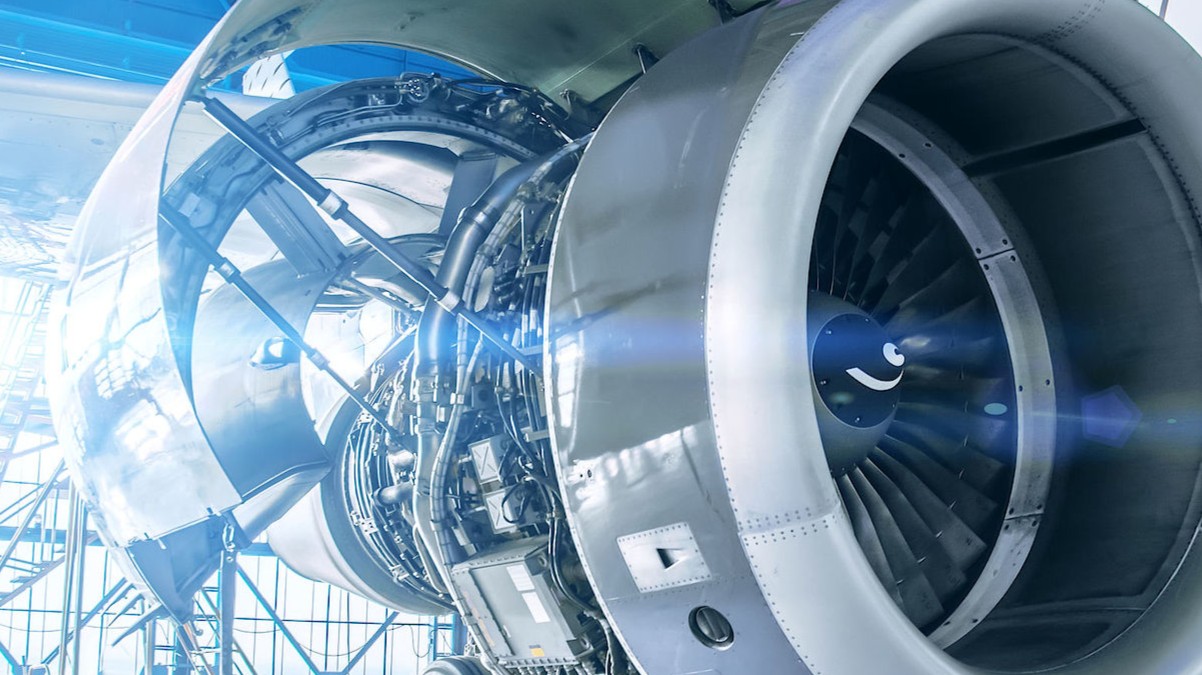Driven by the wave of digitalization, we have long grown accustomed to a daily life where information constantly “scrolls” into our view. E-books, online news platforms, and short videos occupy our fragmented time, while print publications were once seen as relics destined to fade away. Yet history is often full of reversals—just as digital media reached its peak in speed and density, print quietly returned to the stage, even becoming an “irreplaceable choice” for certain audiences. This phenomenon not only challenges our linear imagination of media evolution but also reveals deeper psychological needs behind human reading behaviors.
Print’s Comeback under Digital Dominance
Over the past decade, digital media has nearly monopolized public reading habits, with smartphones and tablets serving as primary gateways for news, entertainment, and information. Many believed that print media would inevitably be eliminated by time. Surprisingly, however, print has staged a “comeback” in recent years. Far from disappearing, it has instead demonstrated unique value in certain contexts, becoming a “remedy” in today’s age of information overload.
Real Cases of Print’s Revival
This trend is not mere rhetoric. For instance, the long-standing British magazine 《The Spectator》 announced that its U.S. edition will double print issues in 2025—from 12 per year to 24. Similar moves have been seen at 《Financial Times》 and 《Us Weekly》, both reinvesting in print and proving that traditional media recognizes print’s distinctive appeal to both advertisers and readers. These cases indicate that print is no longer just a nostalgic symbol of the past, but is instead forming a renewed media value.
Why Are Readers Returning to Print?
First, the explosion of digital content often leaves people fatigued. With AI-driven algorithms pushing endless streams of information, it is increasingly difficult to focus. In contrast, print—finite in content and free of push notifications—allows readers to fully immerse themselves.
Second, the “tactility” and “ritual” of print create a different experience. Flipping pages, highlighting text—these small actions cannot be fully replicated by digital reading. Lastly, print publishing usually undergoes a more rigorous editorial process, leading readers to place greater trust in the professionalism and authority of printed content.
Shifts in Advertising and Business Models
For advertisers, print is not an “outdated platform” but a high-value medium that can precisely reach specific audiences. Compared with online ads, print publications often attract more loyal readers who are willing to spend time engaging with content. This allows print advertising to stand out in the “flash culture” of digital ads.
At the same time, print and digital are not opposites but complements. Many outlets now offer “print + digital subscription” bundles, extending the time readers spend with the brand while creating new business value.
Looking Ahead: The Symbiosis of Print and Digital
It is foreseeable that print will not return to the peak of mainstream dominance, but it will remain firmly rooted in “high-value niche markets.” Future developments may lean toward boutique publishing, limited runs, or customized printing, reinforcing print’s “scarcity” and “collectible value.”
Meanwhile, cross-media integration will become more common—for example, embedding QR codes in magazines to guide readers toward online content, or using unique print design to extend brand experiences. This “dual-track strategy” preserves print’s charm while enabling digital amplification.
Not Just Nostalgia, but a New Choice
In an era of AI and digital dominance, the return of print may seem counterintuitive, yet it reflects a deep desire for “focus,” “trust,” and “authentic experiences.” The revival of print reminds us: not everything will be replaced by digitalization; some values can only be conveyed through tangible pages. This is not merely a retro trend, but a conscious choice to find balance in a rapidly shifting world.



.jpg)







.jpg)
.jpg)
.jpg)
